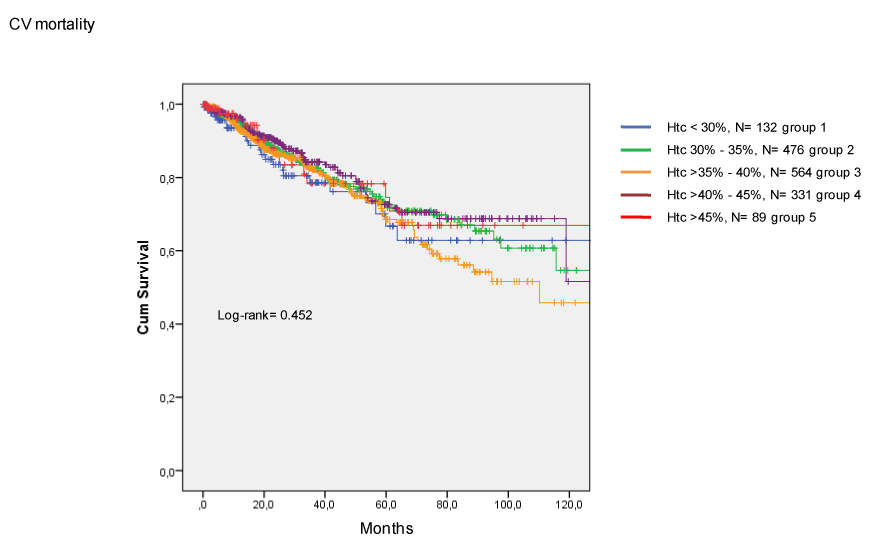

Cancers that spread to the bone marrow can also cause a low hemoglobin count. CancerĬertain cancers can affect the body’s ability to produce red blood cells. The lack of blood cells to transport oxygen causes anemia. However, sickle red blood cells last for only 10-20 days. Red blood cells usually have a lifespan of about 120 days before needing to be replaced. Sickle cells quickly disintegrate and die, leaving you with an insufficient number of red blood cells. This condition is an inherited red blood cell disorder in which there are insufficient healthy red blood cells to transport oxygen to the body. This condition is one of several disorders known collectively as sickle cell disease. Hemolysis is the process by which red blood cells are destroyed. Hemolytic anemia is a condition red blood cells are destroyed more quickly than produced. Vitamin deficiency anemia can occur if you do not consume enough folate, vitamin B-12, or vitamin C, or if your body has difficulty absorbing or processing these vitamins.Ĭertain diseases and medical conditions that cause your body to destroy red blood cells faster than they can be made include: 12. To produce healthy red blood cells, the body needs specific folate, vitamin B-12, and vitamin C. When there isn’t enough iron in your bloodstream, the rest of your body can’t get the amount of oxygen it needs. Iron-deficiency anemia is the most common type when your body does not have enough mineral iron to produce hemoglobin and red blood cells. Hemoglobin levels decrease with liver damage. One common complication in patients with Cirrhosis is low hemoglobin count. During this rejuvenation process, healthy liver tissue is replaced by scar tissue. When your liver becomes damaged by a disease, it tries to repair itself. Other symptoms of chronic kidney disease include nausea, fatigue, and muscle cramps. Low hemoglobin count is a common complication of chronic kidney disease. This occurs when the kidneys cannot filter waste and fluid from your blood. In other cases, aplastic anemia accompanies symptoms, including:Ĭhronic Kidney disease is a condition that causes gradual kidney failure. In some cases, aplastic anemia may be asymptomatic (showing no symptoms). It is caused by damaged stem cells that can develop at any age. Aplastic anemiaĪplastic anemia is a severe medical condition when your body cannot produce new red blood cells. Other causes include infections, stomach ulcers, and bleeding disorders. Trauma to the body can occur from an injury resulting in a low hemoglobin count. Lack of sufficient exposure to the sun’s rays can cause anemia by lowering hemoglobin count because sunlight increases hemoglobin production. This is a bone marrow disorder where the blood doesn’t make enough healthy white blood cells or red blood cells. When blood vessels are damaged badly enough, vital organs don’t get the oxygen they need. It occurs when platelets stop clotting, and the force of the clots bursts through the walls of vessels in the lung, breaking them open. Bleeding LungsĪ bleeding lung, or pulmonary hemorrhage, often results from high blood pressure or high cholesterol levels. The most common reason is iron deficiency and is most prevalent in older individuals and vegetarians. Iron DeficiencyĪn iron deficiency will cause a low hemoglobin count. What are the reasons for low hemoglobin? This condition can be caused by various diseases such as blood loss, lack of iron, ulcers, frequent blood donation, menorrhagia, cancers, or hemorrhoids. Low Hemoglobin Count: Common Causes with Treatment Women that are pregnant and women having their menstrual period usually have lower hemoglobin counts. In children, low hemoglobin count may vary with sex and age. When the count falls below 12 grams per deciliter (120 grams per liter) for women.

For men, when the hemoglobin count falls below 13.5 grams of hemoglobin per deciliter (135 grams per liter) of blood.What is a Low Hemoglobin Number( Explanation) For Women: the average hemoglobin range is between 12.3 and 15.3 gm/dL.For Men: the average hemoglobin range is between13.5 to 17.5 grams per deciliter.The average Hemoglobin count differs in every individual - Your hemoglobin count changes with age, gender, and certain people. This article will discuss low mean corpuscular hemoglobin concentration symptoms, causes, and treatment. It may not affect your normal body functions. In most cases, having a hemoglobin count somewhat lower than the average level is not a sign of an illness. But don’t fret just yet! A low hemoglobin count isn’t something to worry about. When your hemoglobin count is low, your body will not supply the adequate amount of oxygen it needs to function.


 0 kommentar(er)
0 kommentar(er)
